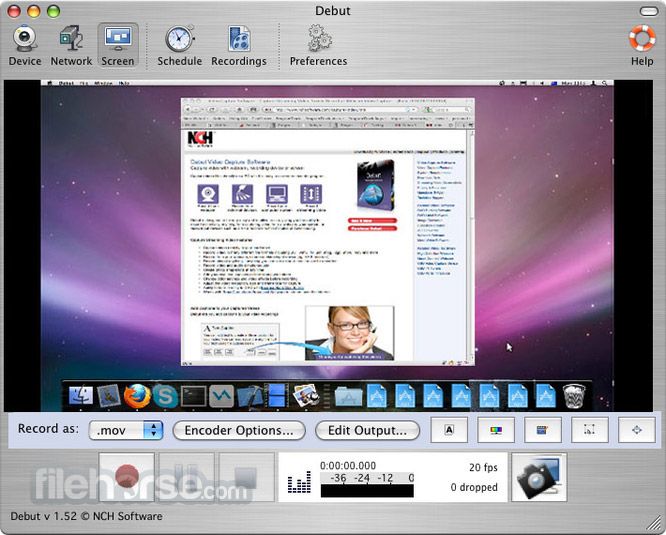A few years ago, I decided to go all-in with iCloud Photos. My library was just over 1TB at the time, so I’ve been paying for the 2TB plan ever since (I’ve been collecting photos in my library since 2001 and while it could definitely use a bit of trimming, I don’t think there’s much I want to get rid of).

Consult your Router/Server or start the “Synology Assistant” from “Portable Tools”. Enter the IP in your browser and follow the instructions. Select “manual installation” and navigate to the downloaded PAT file (If your hard drive is in the system, please format your hard drive before installing DSM). The latest version of Cloud Station Backup is 4.2 on Mac Informer. It is a perfect match for Backup & Restore in the System Tools category. The app is developed by Synology Inc. The latest version of Synology Video Station is 1.8 on Mac Informer. It is a perfect match for the General category. The app is developed by com.fluidapp.
It’s super convenient to have all my photos everywhere at all times (what’s the point in taking them if you can’t enjoy them?), but I did want to find a way to have a secondary backup solution that doesn’t rely on Photos or iCloud.
I already have a Synology NAS for other backups and as a general storage system, so I wanted to find a way for it to always have an up-to-date copy of my Library.
Why back up the cloud?
So since I’m already paying Apple, why would I want another backup?
How To Setup Synology Diskstation
Well it basically boils down to wanting an independent backup: what if I lose access to my iCloud account? Or Apple loses my data somehow? Both unlikely, but it can happen.
Options considered
Direct backup
First I looked into ways to get the Synology to pull my photos down directly. There are a few command line scripts that can talk directly to your iCloud account, but they all looked a bit fragile – I want a setup that is going to work reliably and doesn’t require maintenance.
Via Windows
The next option I tested was using a cheap miniPC running Windows 10 and Apple’s iCloud software to copy the files onto the mounted Synology drive.
In hindsight, I’m not sure what I was expecting: the cheap miniPC was temperamental, Windows never stopped updating and Apple iCloud for Windows seemed… well not their main focus, lets put it that way.


It sort of worked, but quickly felt like more hassle than it was worth.
Via a Mac
Ok so this is by far the easiest way of doing it, but it does require you have a desktop Mac or a MacBook that
a) has a full copy of your photos library
and
b) Is awake and connected to your network at regular intervals to run the backup


Since my MacBook is usually closed / not plugged in and doesn’t have a full copy of my photo library, I bought a used Mac Mini and hooked it up to an external 2 TB drive. Then I configured Photos.app to store a full local copy of my library.
(Note: Why isn’t this enough backup? My concern is that if my photos are wiped on one device accidentally, the Mac Mini’s library would also be wiped)
Finally I installed Synology’s Backup Mac client on the Mac Mini and told it to monitor the photos directory and mirror those files to the Synology. It’s configured to only add files, not delete them. That way, if my library is ever accidentally wiped, it won’t also delete the files from the Synology backup.
So now I have the following setup;
- I take or import a picture on my iPhone
- It gets uploaded to iCloud Photos
- The Mac Mini downloads a copy to its Photos Library
- The Synology app copies the photo into its backup
I’ve configured the Mac Mini and Synology to wake up for a few hours every day to do this and so far it’s working really well.
Stuff used
- Synology Drive client app
Synology Mac App
In this how to I will show you how to install the Synology drive client on mac. I am assuming you have already setup the Synology drive package. If you haven’t, follow my guide here.
Synology Software Download
- Head to this link to download the mac dmg package for drive. Alternatively, go to the Synology downloads page and select your NAS, then select Desktop Utilities.
- Double click the installer to begin
- Select Continue for the three following screens
- Then select agree
- Now select install
- Enter your password
- You should then see an installation successful screen and a welcome screen. Click start now
- Enter your NAS details, you can use your local ip if you will always be connecting via your lan. However if you intend to use your drive out of the house it is best to use a domain name or your quickconnect id. Also enable ssl if you have one installed. If you don’t, you can learn how to add one here.
- Unless you would like to change the location of the sync folder on your mac, select next
- Select weather you would like to sync files that have been shared with you
- Now your ready to go
- Your files will now begin synchronising.
- You can monitor the progress with the Drive icon in the notification area in the top right corner.
